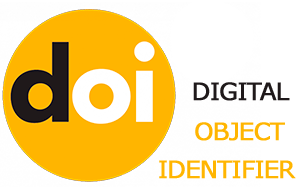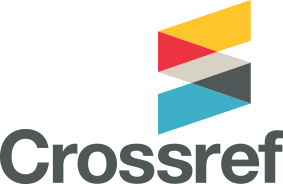ANALYSIS OF SOFTWARE QUALITY MODELS
DOI:
https://doi.org/10.32782/tnv-tech.2024.5.11Keywords:
factors, metrics, quality attribute, technical requirements, functionality, productivity, ease of use, standardAbstract
Software quality assurance includes activities that are carried out at each stage of its development. The goal is to ensure that the product meets functional and non-functional requirements. At first glance, ‘software quality’ may seem like an abstract concept. However, for project managers, programmers, testers, QA engineers, and other participants in the product development process, quality criteria are transparent and measurable. So, software quality is a set of characteristics of a software product that determines its ability to perform its functions. Software quality analysis includes an initial assessment that corresponds to the processes of producing a quality software product: monitoring, planning, execution, modification, or support. The concept of software quality is multifaceted and can only be adequately expressed by some structured system of characteristics or attributes. Such a system of characteristics is called a quality model. The basic quality model includes characteristics and applies to any type of software product. When developing requirements, the customer formulates those quality requirements that are most suitable for the software product being ordered. Determining and planning software quality is based on the provisions of industry standards, drawing up work schedules, verification procedures, etc. The quality assurance plan includes a set of actions to verify the quality assurance processes (verification, validation, etc.) and create a quality management document. Quality management applies to processes, products and resources, and includes requirements for processes and their results. Quality planning includes: − defining the product in terms of specified quality characteristics; − planning processes to achieve the required quality; − selection of methods for evaluating the planned characteristics and establishing the product's compliance with the formulated requirements. Purpose of the study: to analyse software quality models. Subject of research: quality models by McCall, Boehm, FURPS, Gezzi, SATC, ISO 9126. Research methods: analysis, synthesis and systematisation of scientific and methodological sources on quality models to determine the most optimal one for use. Main results and conclusions: after a preliminary analysis of various software quality models, it was determined that some of them are a logical extension of previous models using quality metrics that make it easier to measure and evaluate the quality of software.
References
ISO/IEC 9126-1:2001. Software engineering – Software product quality – Part 1: Quality model.
Табунщик Г.В. Інженерія якості програмного забезпечення: навчальний посібник / Г.В. Табунщик, Р.К. Кудерметов, Т.І. Брагіна. – Запоріжжя: ЗНТУ, 2013. 180с.
Процеси та системи підтримки якості програмних систем [Електронний ресурс]. Режим доступу: https://dspace.uzhnu.edu.ua/jspui/bitstream/lib/16456/1/ (дата звернення: 03.10.2024).
Проектування інформаційних систем [Електронний ресурс]. Режим доступу: https://elearning.sumdu.edu.ua/free_content/lectured:de1c9452f2a161439391120eef364dd8ce4d8e5e/20160217112601/165292/index.html (дата звернення: 10.11.2024).
Специфікація вимог до ПЗ [Електронний ресурс]. Режим доступу: https://studfile.net/preview/5375896/ (дата звернення: 03.10.2024).
Принципи встановлення вимог розробки системи [Електронний ресурс]. Режим доступу: http://org2.knuba.edu.ua/pluginfile.php/28593/mod_resource/content/1 (дата звернення: 03.11.2024).







